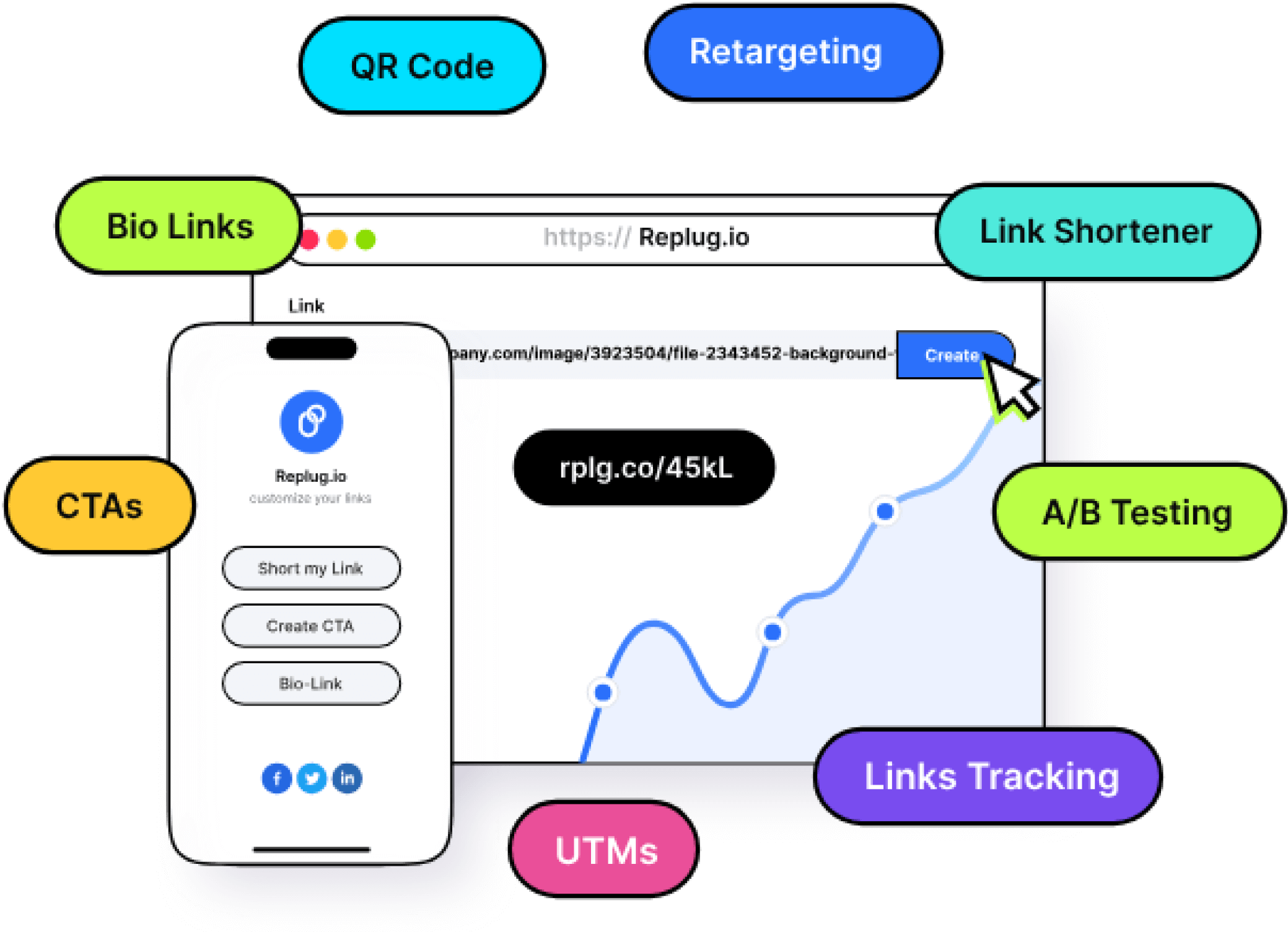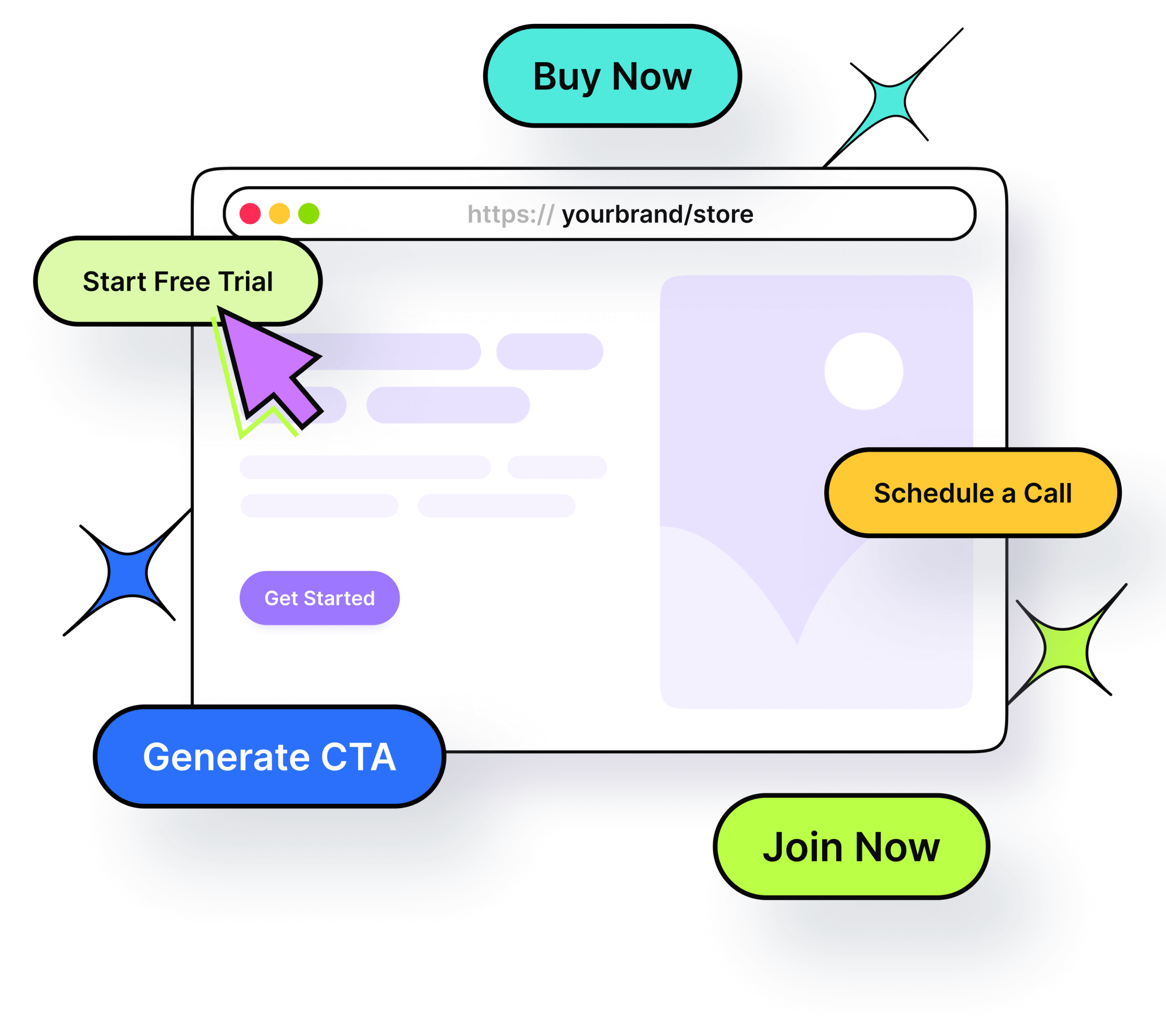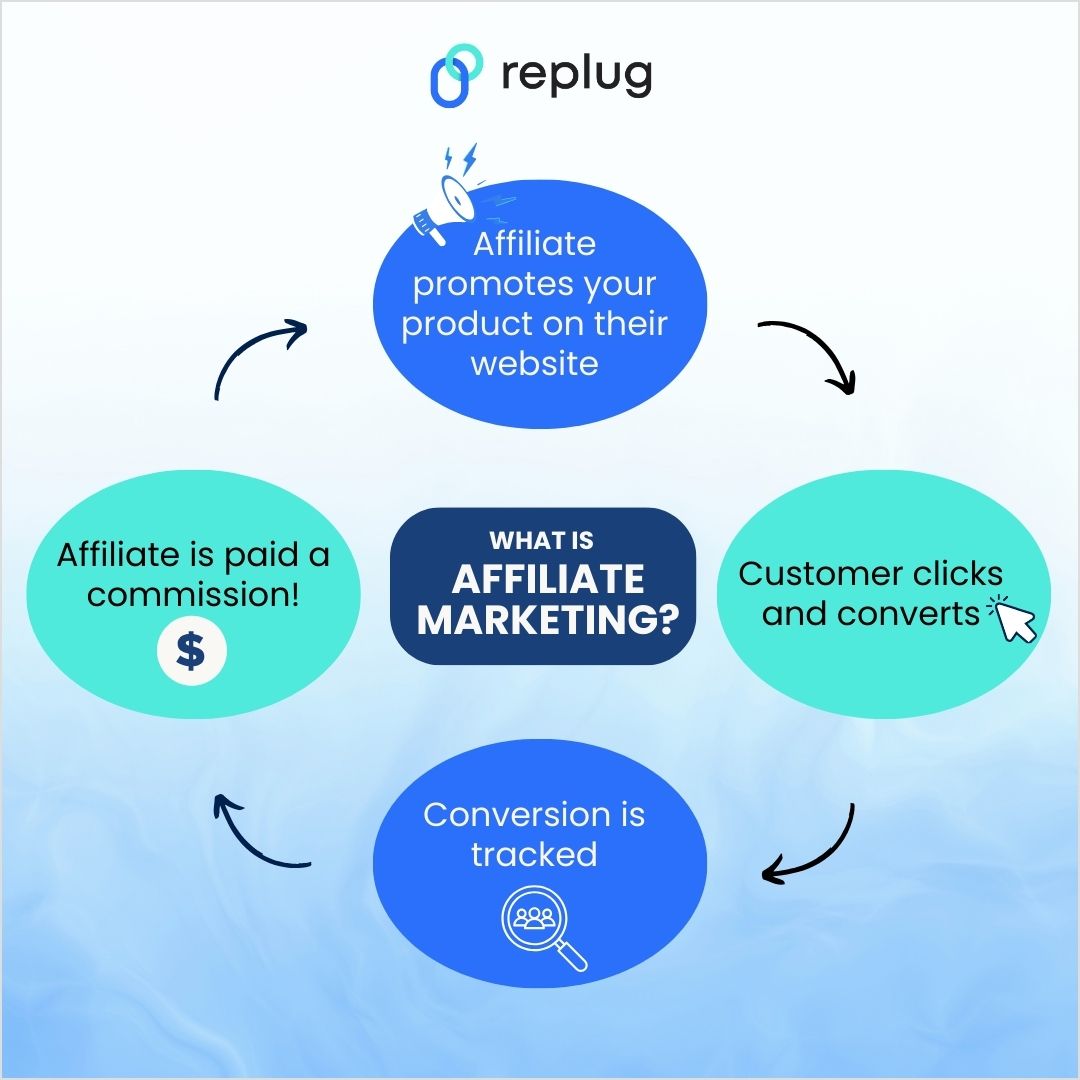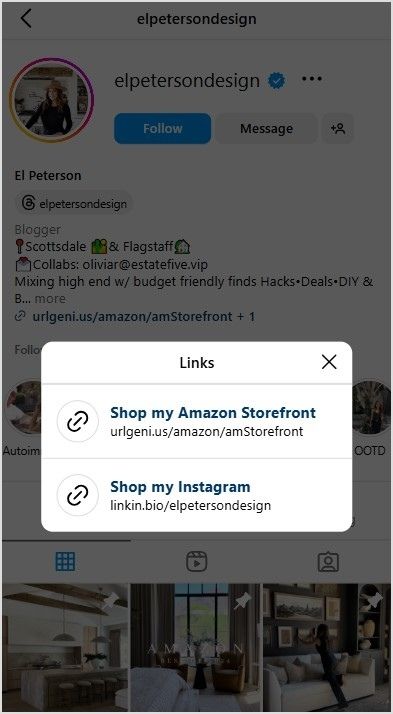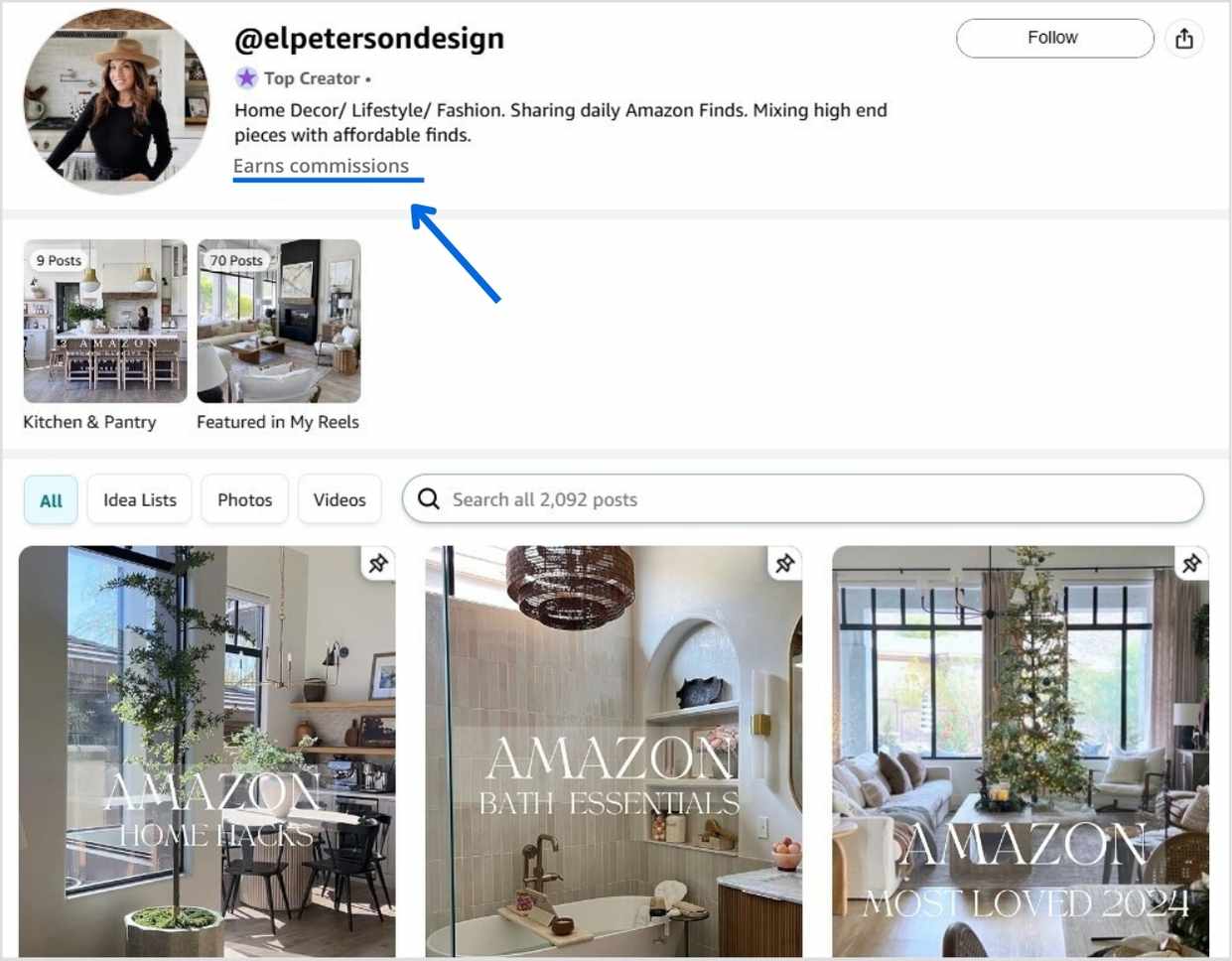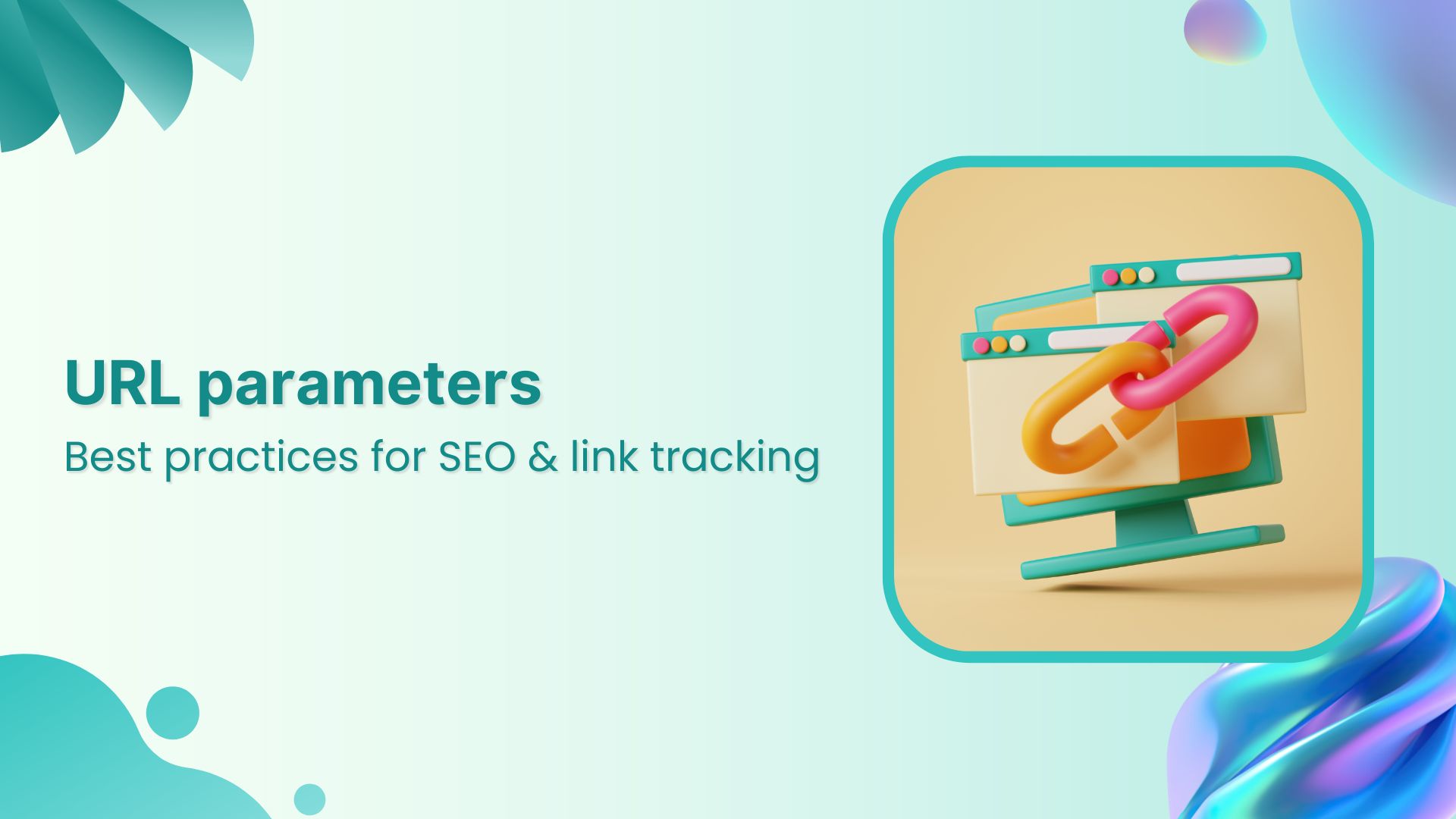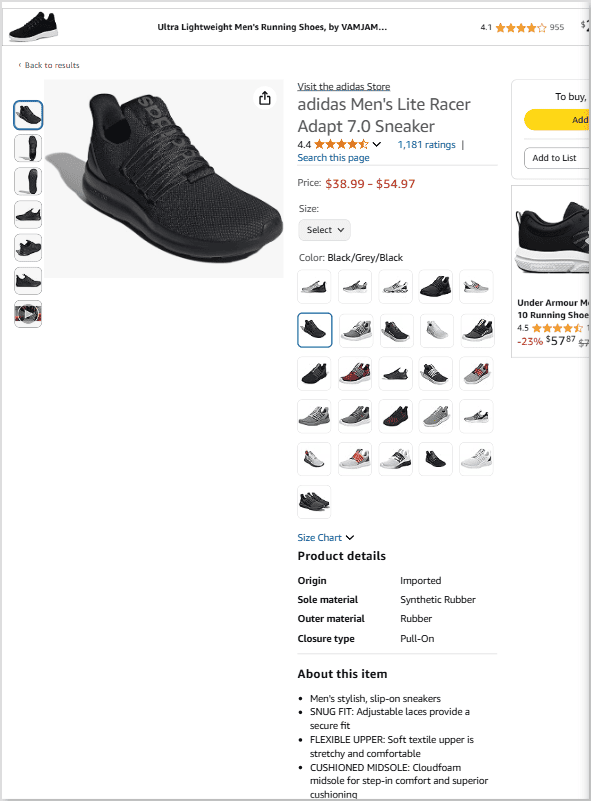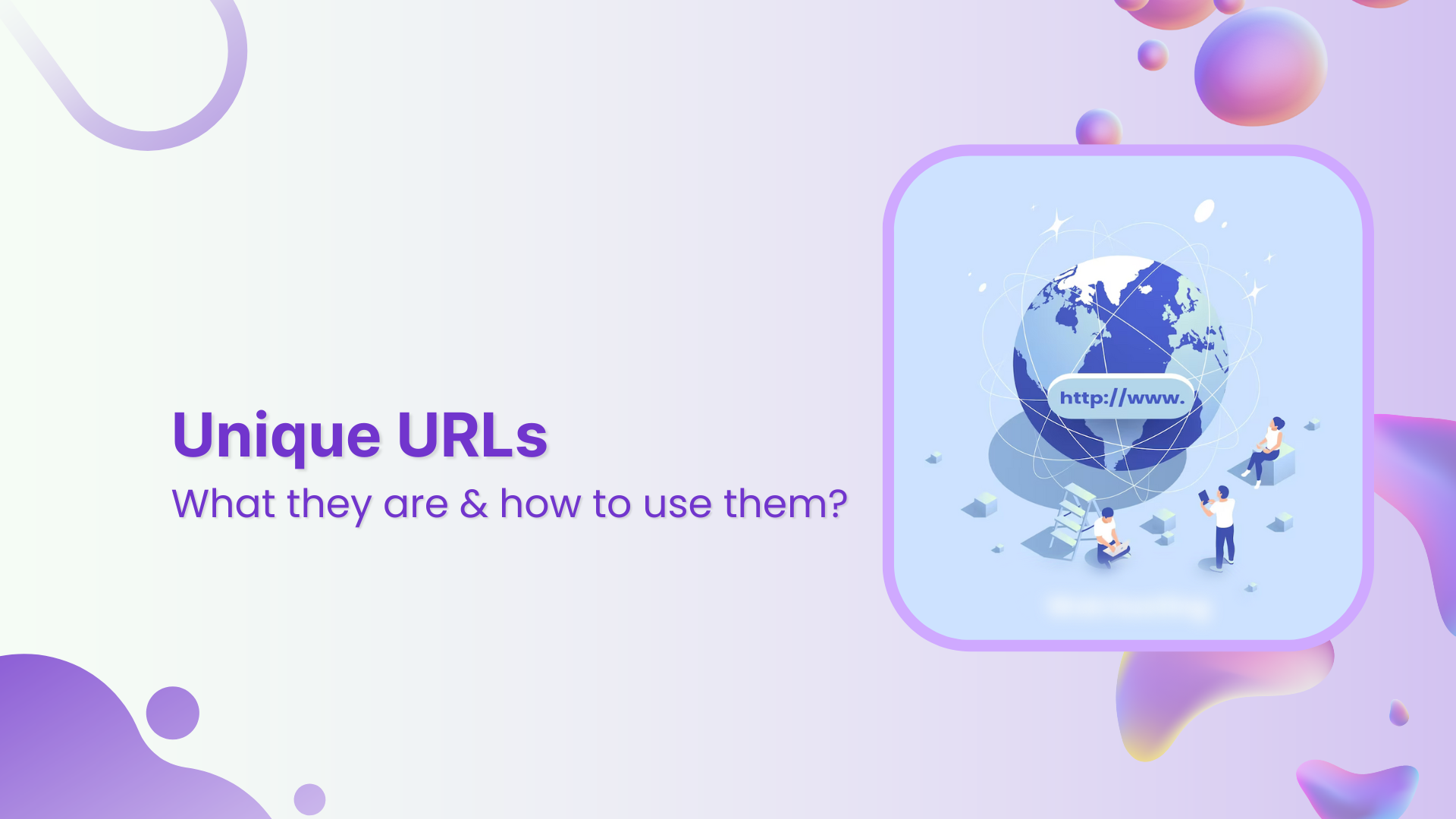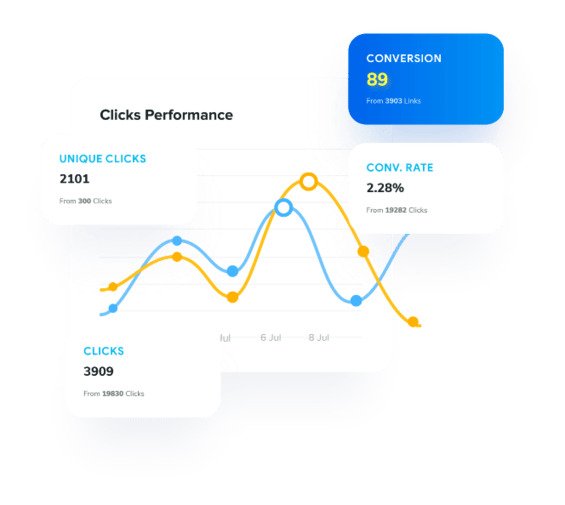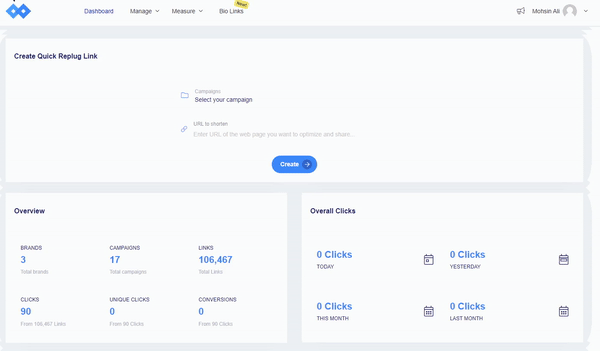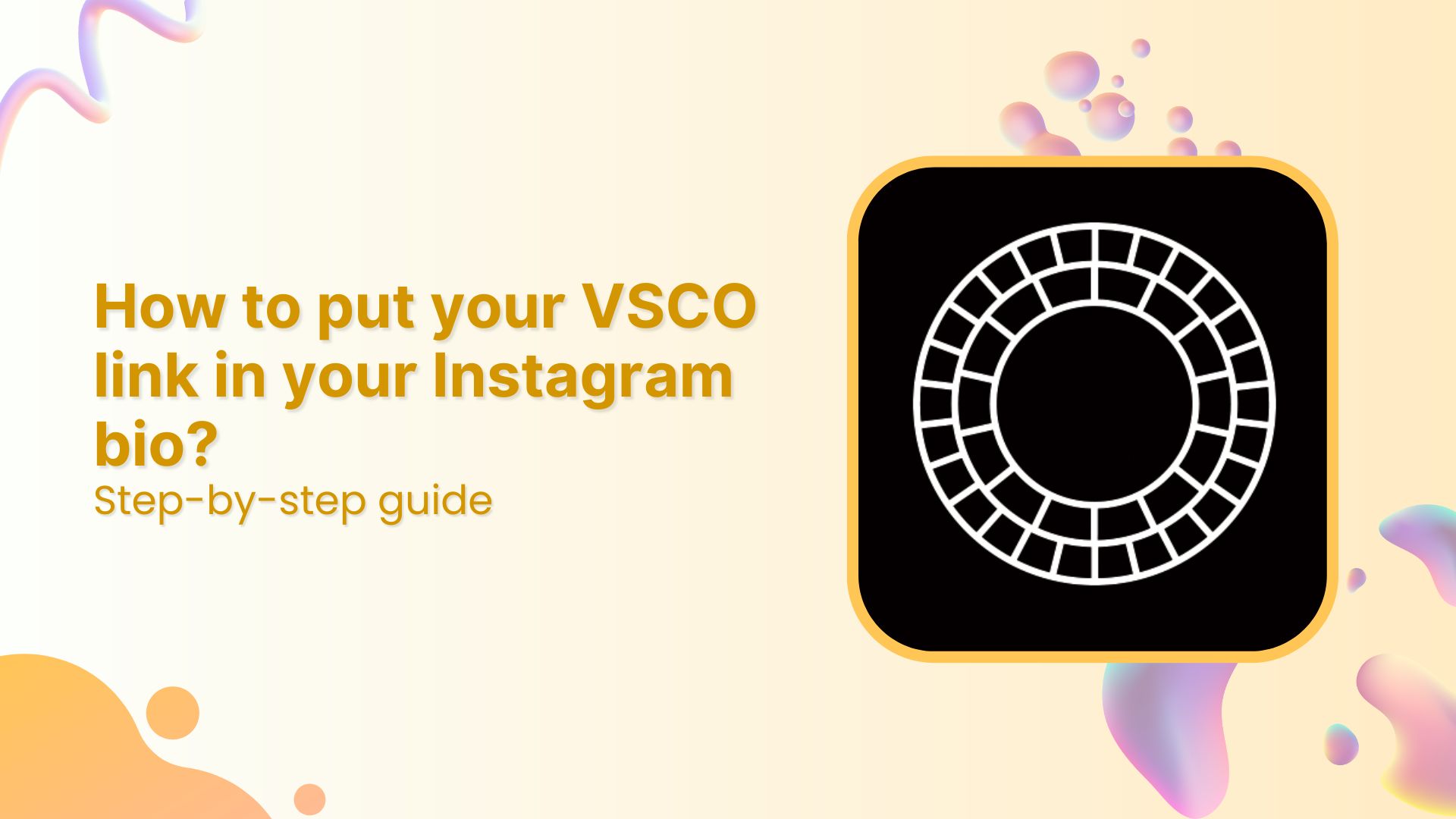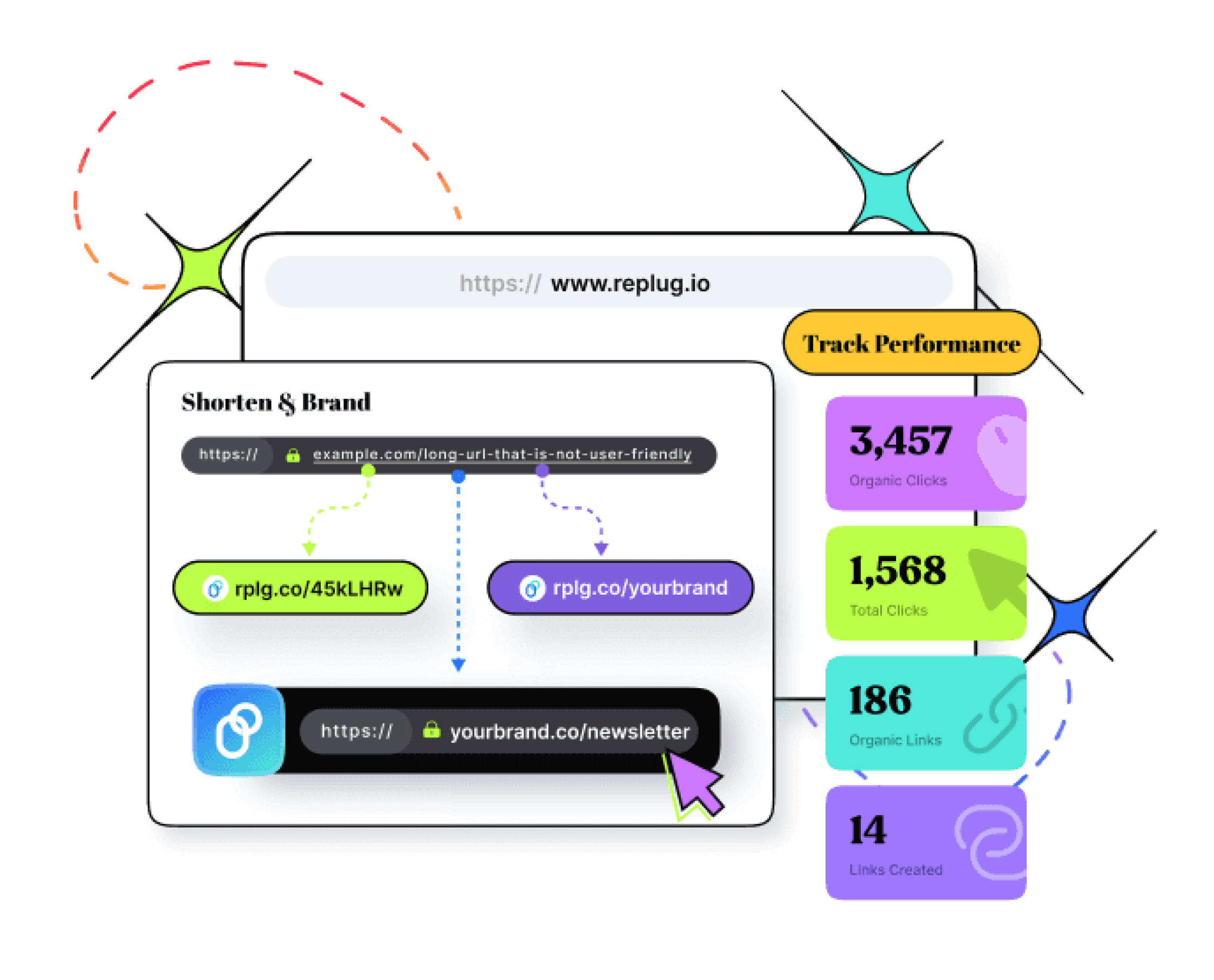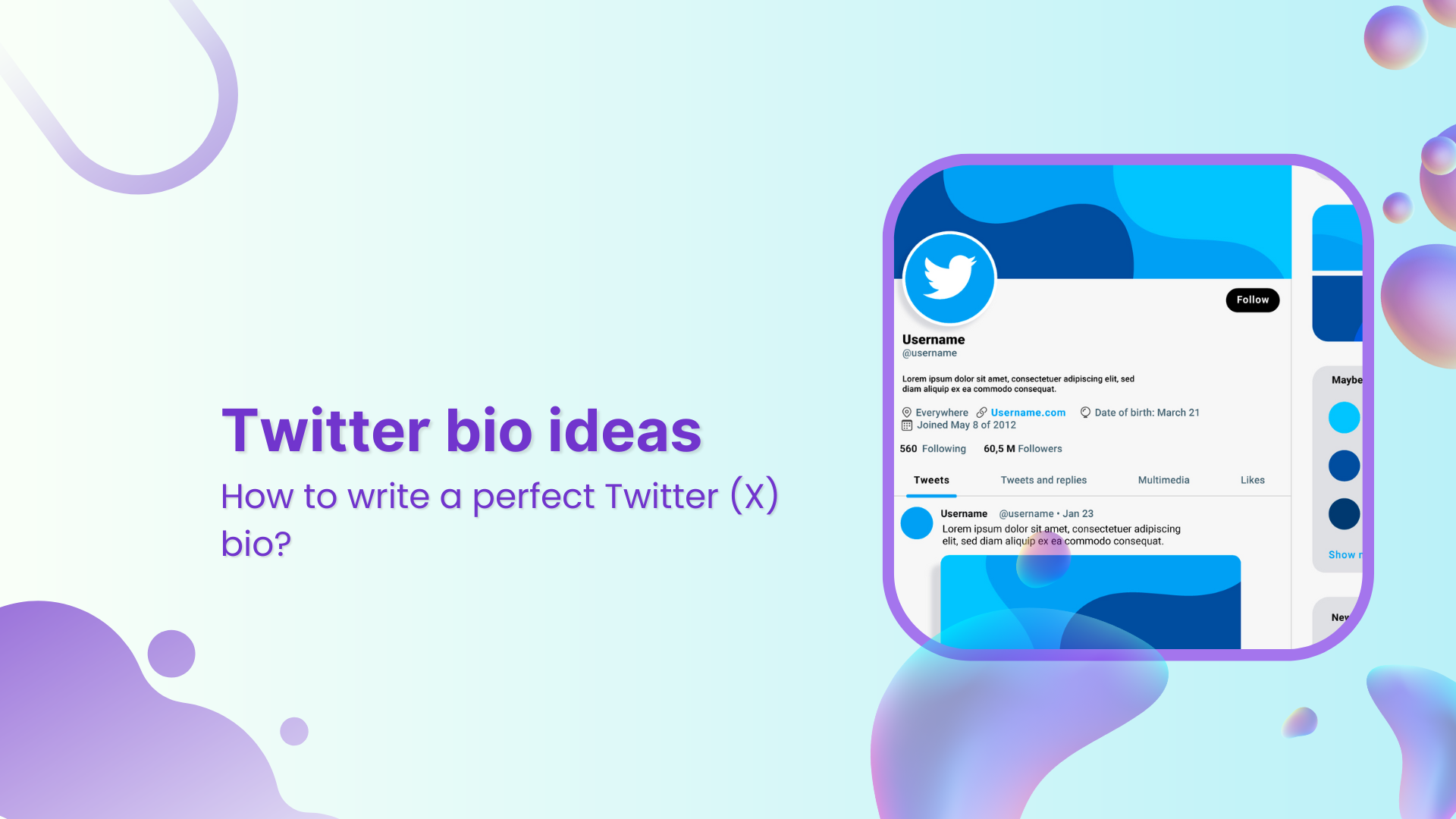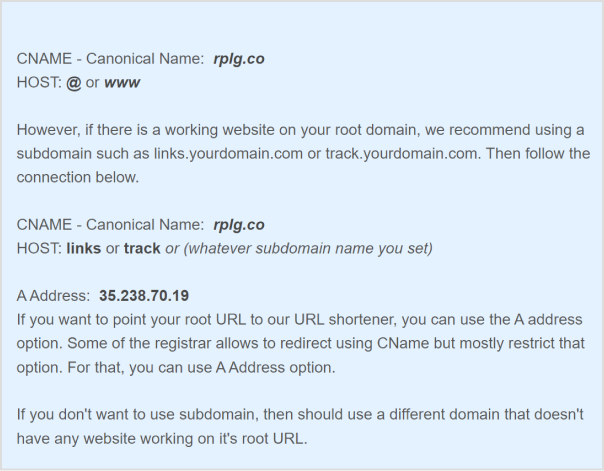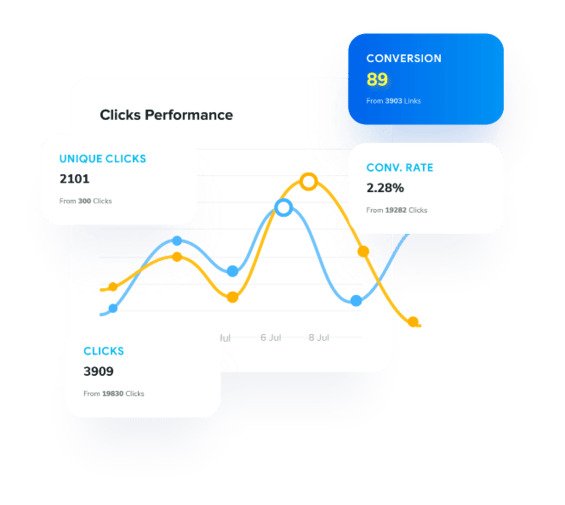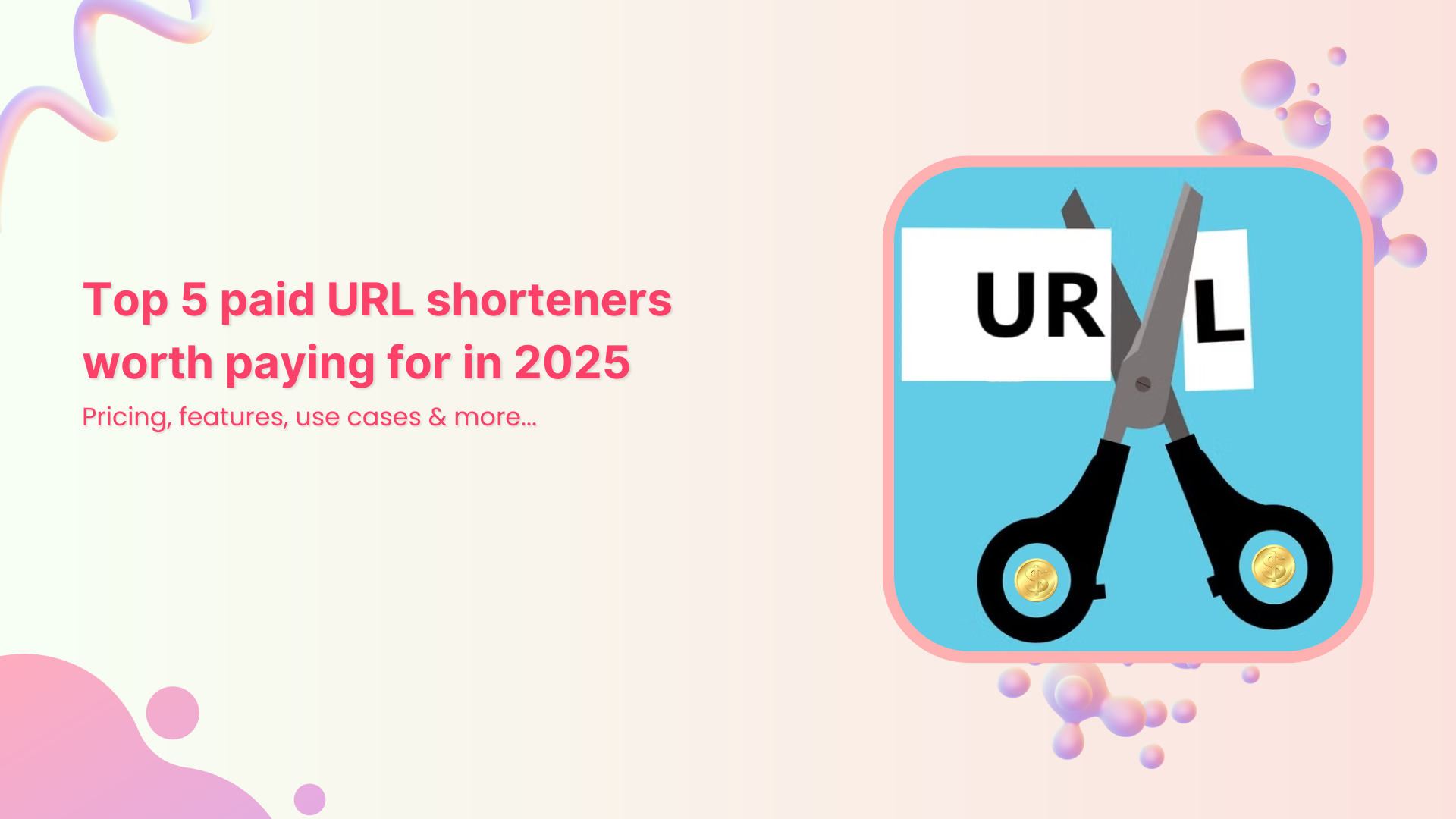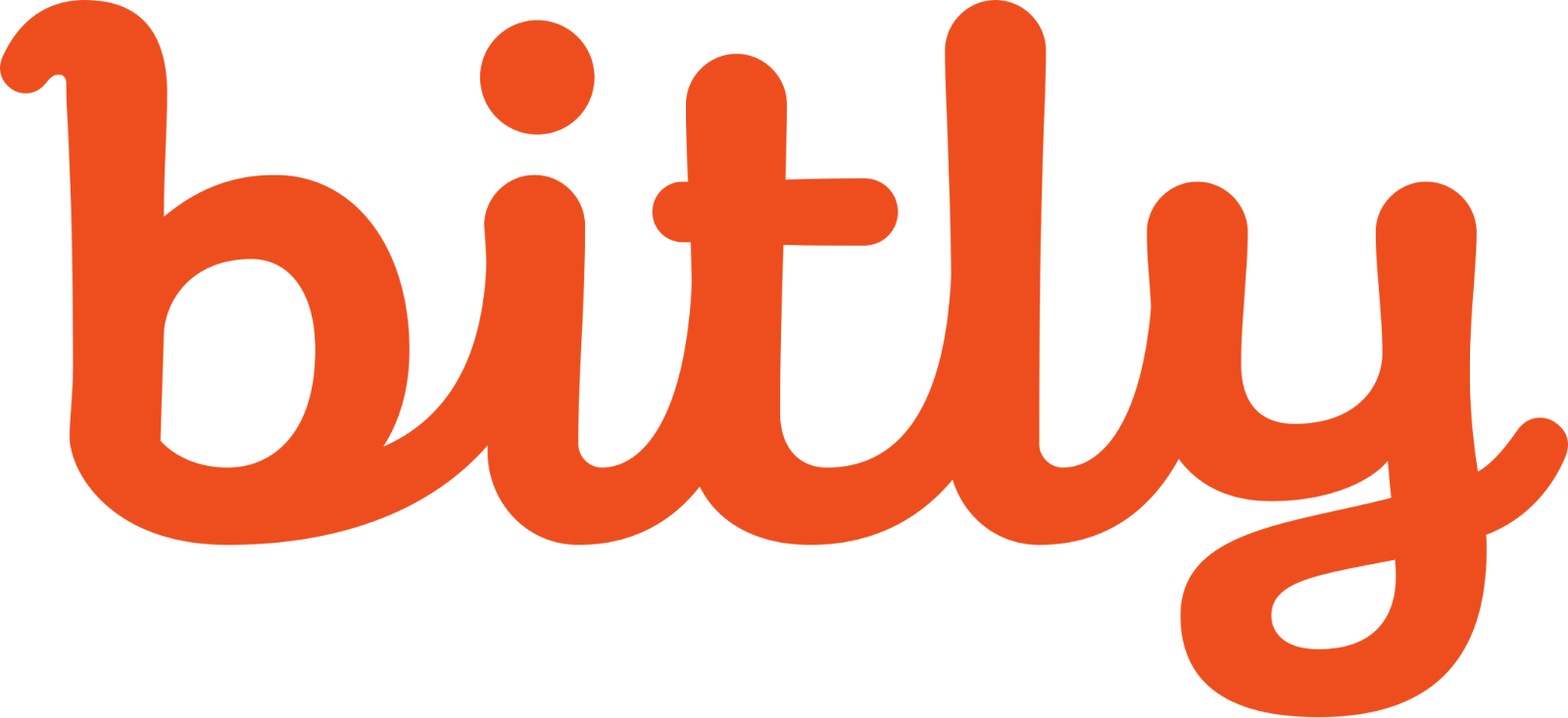Running a global sale on your brand? Imagine this: a customer in New York sees prices in USD, a shopper in London gets prices in GBP, and someone in Paris enjoys a promo tailored just for them. Sounds like a marketer’s dream, right? That’s the power of geotargeting – and it’s easier to achieve than you think.
We know it doesn’t exactly sound “easy,” but since technology improves rapidly every day, there are tools that make this process as smooth as butter. With the right tech, you can set up automatic price and promo adjustments based on where your customers are located, no sweat.
Geotargeting isn’t just a cool feature; it’s a game-changer for global sales. In fact, according to a report by Factual, 89% of marketers experience higher sales by implementing this strategy. You’re not just offering a one-size-fits-all deal; you’re offering a localized experience that builds loyalty, increases conversion rates, and makes customers more likely to hit “buy now.”
In this guide, we’ll break down what geotargeting is, how it works, and why it’s a must-have for modern marketing. We’ll also discuss how Replug’s geo-analytics can drive conversions through its effective marketing features. Let’s get started!
What is geotargeting?
Geotargeting is a sophisticated digital marketing strategy that leverages advanced analytics such as users’ geographic location and more to run targeted campaigns.
This technique can utilize a user’s current location (determined via GPS, IP address, or Wi-Fi) or their past location history to provide contextually relevant marketing messages. When combined with behavioral data (such as browsing habits, purchase history, or app usage) and demographic information (like age, gender, or income level), geotargeting enables businesses to craft highly personalized and effective marketing campaigns.
The 5 major types of geotargeting
Geotargeting lets you reach the right audience based on their location, ensuring your ads and content are relevant. Whether you’re targeting an entire country or a specific neighborhood, this strategy helps boost engagement and conversions.
We’ve narrowed down five significant types of geotargeting:
- Country targeting: The broadest form of geotargeting, allowing brands to tailor ads by country. This is ideal for global campaigns that require different languages or localized messaging.
- Regional targeting: Targets specific areas within a country, such as states, provinces, or cities. This is useful for businesses that operate in multiple regions but want to customize messaging.
- Location radius targeting: Focuses on a defined radius around a specific location, ideal for brick-and-mortar businesses.
- Audience targeting: Segments consumers based on demographics, interests, and past behavior, ensuring ads reach the most relevant audience.
- Weather targeting: Adjusts advertising based on current weather conditions to influence purchasing decisions.
Using a combination of these geotargeting strategies helps brands reach the right audience at the right time, leading to higher engagement, better customer experiences, and increased sales.
How does geotargeting work?
Geotargeting works by using a combination of technologies and data sources to determine a user’s geographic location and deliver tailored content or advertisements based on that information. Here’s a step-by-step breakdown of how geotargeting works:
Step 1: Collect location data
Location data is gathered through GPS, IP addresses, Wi-Fi, Bluetooth, and cell tower triangulation.
Step 2: Integrate & analyze data
This data is combined with behavioral, demographic, and contextual information to create detailed user profiles for targeted marketing.
Step 3: Customize content & ads
Content and ads are tailored based on user location, promoting relevant products or offers through display ads, push notifications, and social media.
Step 4: Deliver in real- time
Geotargeting delivers content at the most relevant moment, ensuring users receive timely and useful information.
Step 5: Measure and optimize
Track campaign performance with metrics like CTR and ROI. Tools like Replug can help analyze how shortened links perform, offering insights to optimize future campaigns.
| Note: Many link management tools like Replug also allow businesses and agencies to apply geotargeting to their links, making the process of directing users to the right content effortless and efficient. |
Effective ways to run a geotargeting marketing campaign
To optimize your geotargeting marketing campaigns, consider these strategies:
- Leverage a link management tool: Use an advanced link management platform to shorten, brand, track, and manage your URLs effectively. These tools also provide insights into how your links perform across regions, helping you fine-tune your approach.
- Use analytics to gain valuable insights: Powerful analytics tools help you track how your links are performing across various locations. By tracking metrics such as UTMS, total clicks and unique clicks by country, city, or region, you can adjust your content or offers to create custom campaigns and track better leads.
- Rotate links for location-specific content: Instead of creating multiple links, use a single link to redirect users based on their location. For example, a U.S. customer can see discounts in USD, while a UK visitor sees GBP offers, all from a single link.
For example, suppose you have a Black Friday sale. With Replug, U.S. visitors can see discounts in USD, UK visitors see GBP, and European visitors get a localized promo, all from a single short link. Here’s how you can effectively rotate your links using Replug:
Related: 5 top link rotators: Convert more with traffic routing
- Add retargeting pixels to reduce cart abandonment: By adding retargeting pixels to your Replug links, you can reduce bounce rate, track users across different locations, and serve them follow-up ads based on their behavior.
- A/B test your campaigns to optimize performance: Replug allows you to A/B test up to 10 different versions of your links to see which performs best in different locations. By continually testing and refining your campaigns, you ensure that your marketing efforts are always aligned with your audience’s preferences.
- Apply deep linking: Replug’s geotargeting and deep links work together to personalize user experiences. Geotargeting displays location-specific content, while deep links direct users straight to relevant pages.
- Create custom CTAs for maximum conversions: With Replug, you can add custom CTAs to your links, tailoring engagement for different regions. For example, users in one area may see a “Get 20% off now!” CTA, while another region gets a different offer.
These techniques allow you to effectively engage your audience, deliver tailored content, and maximize conversions, all while tracking your results to improve future campaigns.
Why geotargeting is important for marketers
Geotargeting helps marketers deliver hyper-relevant content based on users’ locations. Whether optimizing ads, creating content, improving local SEO, or refining user experiences, geotargeting ensures your message reaches the right people at the right time.
In the U.S., 81% of people own a smartphone, and among millennials, that number jumps to 94%. With so many consumers glued to their mobile devices, location-based marketing naturally drives better results.
Research from MarTech Series shows that 83% of marketers see more success when using location data. It’s not just about visibility—geotargeting helps businesses boost engagement, increase online and foot traffic, and strengthen customer relationships. In fact, campaigns that use location data are 80% more effective, making it easier to reach the right audience at the right time.
Best practices for geotargeting success
To maximize the impact of your geotargeting campaigns, consider these strategies:
- Localized landing pages: Create region-specific pages with local testimonials, cultural references, and targeted offers to resonate with your audience and drive conversions.
- Precision in SEM: Use platforms like Google Ads to target users by location, ensuring your ads reach the right people without wasting budget on irrelevant audiences.
- Hyper-relevant content: Develop content, such as blogs and webinars, that addresses location-specific pain points, helping you establish authority and build stronger connections with custom audiences.
- Social media ad targeting: Utilize platforms like Facebook, LinkedIn, and Instagram to push content to specific cities or neighborhoods, enhancing ad relevance and boosting click-through rates.
- SMS marketing: Use SMS marketing to deliver location-based offers directly to users with high open rates, ensuring your messages get seen quickly.
- Utilize geofencing: Set up virtual boundaries around key locations like competitor stores or landmarks to trigger timely promotions and location-based discounts.
- Optimize for mobile: Ensure your geotargeting strategies are mobile-friendly, as a large portion of web traffic comes from mobile devices.
- Test, analyze, and adapt: Continuously test and adapt your strategy based on real-time data to optimize targeting.
- Ensure compliance: Follow regulations like GDPR and CCPA to protect user privacy and maintain trust.
By incorporating these best practices into your geotargeting strategy, you can better engage your audience, increase conversions, and optimize your campaign performance.
Who benefits most from geotargeting?
Geotargeting isn’t just for big brands; it’s for anyone looking to optimize audience engagement. Here’s how different industries use it:
| Industry | How Geotargeting Helps |
| E-commerce stores | Show location-specific prices, product availability, and shipping options. |
| Affiliate marketers | Redirect users to country-specific merchant pages. |
| Content creators & influencers | Share localized landing pages for events, sign-ups, or downloads. |
| Event organizers & ticketing platforms | Adjust event details to match time zones and local languages. |
| Recruitment & job portals | Display job openings, salaries, and hiring details relevant to the user’s location. |
| SaaS companies | Provide region-specific pricing, support options, and language preferences. |
| Digital advertisers & marketers | Serve hyper-targeted ads based on a user’s region. |
| Hospitality & travel | Show region-specific hotel deals, flight options, and travel guides. |
| Healthcare & telemedicine | Direct patients to the right regional medical services, appointment booking pages, or language-specific healthcare content. |
| Education & E-learning | Promote location-based course offerings, tuition fees, or scholarship details. |
| Finance & banking | Offer location-based promotions on bank accounts, credit cards, and financial services. |
Related: Basics of e-commerce marketing, key strategies and more
4 best geotargeting examples
Here are some examples of how some brands are putting geotargeting in action:
1. Sephora
Sephora operates in multiple locations and depending on the country that you are in, it delivers a personalized experience.
For instance, the implementation of geotargeting leads to displaying different deals on landing page if you’re in Denmark versus if you’re in Mexico:
2. SalesForce
Salesforce, one of the leading cloud-based software companies, uses geotargeting marketing.
Here’s an example of what their sign-up page looks like if you’re in the UK versus if you’re in the U.S. The description, tone, contact number, and price differ for each country.
3. Foodpanda
FoodPanda is one of Asia’s leading online food and grocery delivery platforms.
In the example below of Foodpanda’s Singapore and Thailand landing pages, you can see that they are entirely personalized – from their pictures to descriptions, they’ve used geotargeting to cater to their custom audiences.
4. Adidas
Adidas also offers a personalized experience using geotargeting. Below are examples of Adidas’s checkout page for “SAMBA OG shoes” for women in the UK and U.S.
At first glance, you might only notice that there’s a change in the currency, but that’s not the case. In the UK, they are focusing more on “free personalisation” whereas, in the U.S., this pair of shoes is one of their best sellers.
Conclusion
Geotargeting is a powerful way to enhance marketing campaigns, improve user experience, and drive higher conversions. By using location-based targeting, brands can connect with their audience more effectively than ever. With Replug’s link rotation feature, implementing geotargeting is simple, scalable, and incredibly efficient.
Ready to boost engagement and conversions? Try Replug today!
FAQs about geotargeting
How accurate is geotargeting?
Geotargeting accuracy depends on the method used. GPS and browser location services offer precise targeting, while IP-based geotargeting provides general location data.
Can geotargeting be used for organic content?
Yes! Many businesses use geotargeting for blog content, personalized landing pages, and localized product recommendations.
Is geotargeting legal?
Yes, but businesses must comply with privacy laws like GDPR and CCPA when collecting and using location data.
How does Replug help with geotargeting?
Replug’s link rotation feature allows you to create a single short link that redirects users to different destinations based on their location.
Does geotargeting work for mobile users?
Yes! Mobile geotargeting is highly effective, using GPS, Wi-Fi, and cell tower data to deliver precise location-based content.

